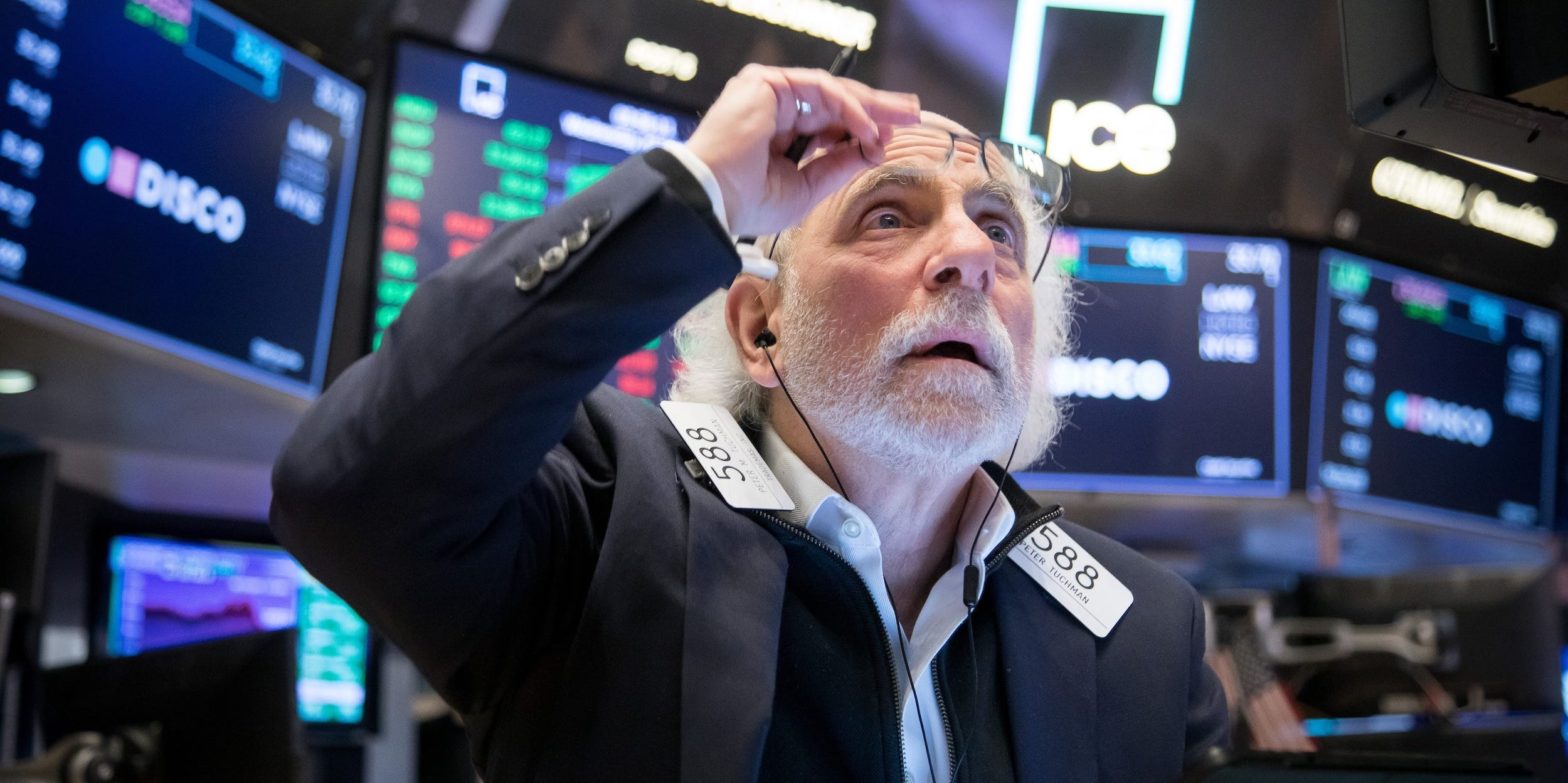A contrarian buy indicator suggests the S&P 500 is poised to surge 7% to 4,400, Bank of America said in a Friday note.But investors should then short the stock market as its longer-term downtrend is likely to resume, according to the note.”No fun ’til Fed [is] done, and in 2022 that requires [a] negative payroll print,” BofA said. Loading Something is loading.
The stock market is poised to rally 7% from current levels as a contrarian indicator flashes “buy,” Bank of America said in a note on Friday.
Bank of America’s Bull & Bear indicator fell to 0.4 this week, representing an extreme contrarian “buy” zone that investors should take advantage of, according to the note. A continuation of the ongoing rally would send the S&P 500 to 4,400, according to the note.
But at those levels, investors should short the stock market, according to the note, as Bank of America expects the longer-term downtrend to resume. “Bear rally continues to SPX 4,400, then go short,” the bank said in its weekly “Flow Show” note.
The bank highlighted that bear market rallies are normal during broad stock declines, as the Nasdaq saw eight bear rallies with a minimum gain of 18% during the 2000-2002 dot-com bubble burst. A similar rally would send the Nasdaq 100 up 8% from current levels to 13,000, BofA said.
But what’s ultimately driving the stock market, and its five-month long period of relentless selling, is the Federal Reserve’s current quantitative tightening cycle. Investors expect at least two more 50 basis-point interest rate hikes at the Fed’s June and July meetings, and a September rate hike is also on the table.
Meanwhile, the Fed kicked off its balance sheet reduction program this week, with its $9 trillion balance sheet rolling off about $45 billion worth of treasuries and mortgage bonds per month. That amount is expected to increase to about $90 billion over the summer months.
“Central banks [are] just getting started, [with] terminal rates trending higher across G7 [countries]… no fun ’til [the] Fed [is] done… and in 2022 that requires [a] negative payroll print,” BofA explained. The bank highlighted 1974, 1981, 1994, 2009, and 2018 as inflection years when the stock market didn’t perform well until the Fed pivoted towards a less hawkish stance.
“Quantitative easing was catalyst for 12-year tech boom; tech discounted end but central banks [are] now set to reduce liquidity by $3 trillion [over the] next 18 months, [the] fact remains quantitative easing era is over… as is era of tech leadership in global stock markets,” BofA said.
The only thing that would change BofA’s relatively bearish view on the stock market is if high-yield credit recovers its recent weakness and shows signs of strength, as that would be a signal that the credit markets are unlikely to seize up like they have during prior economic recessions.
Bank of America Deal icon An icon in the shape of a lightning bolt. Keep reading
More: MI Exclusive Stock Market Outlook Stock Market Outlook 2022 Interest Rates Chevron icon It indicates an expandable section or menu, or sometimes previous / next navigation options.
